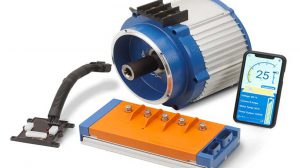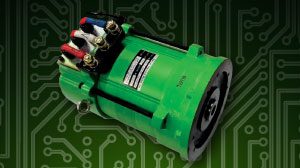QUESTION:
B.H. from Ohio writes; What is a quick way to check the starter circuit on a gas Club Car
ANSWER:
I assume you mean the engine is not turning over. I do not like in this format to just throw out a quick “this is what you do”. I like to take the time to fully explain things so in the event the “quick way” did not work. It is best to understand what is in the circuit and recognize how each component in the circuit works. This gives you a much clearer view of where to look sort of thing.
The starter system consists of the Battery, Conductors, Solenoid, Starter/Generator for the Power Circuit (Secondary). The Activation Circuit (Primary) consists of a Fuse, Conductors, Key Switch, Start Switch, and Neutral Lock Switch. You have to start trouble shooting with the Battery. Load test the battery and make sure it can maintain above 9.6 volts under load (A). If it does not check the cable connections and battery condition. Next check all the cable connections for proper connections and proper grounding. Check the Starter/Generator armature and field connections. Meaning remove A1/A2 connections and F1/F2 connections. Place an ohmmeter (low ohms) across A1 to A2 and you should read continuity. From F1 to F2 you should read continuity. If reading “open” than check the brushes, field windings and armature. Check each Starter/Generator terminal to ground (G) (low ohms). Each terminal should be free of a grounded condition. Any opens or grounds remove Starter/Generator motor for further testing and repair.
Primary circuit testing is just as simple. Understand that battery positive is applied through a fuse to the key switch (B). From the key switch battery positive is applied to the solenoid (D). Confirm that voltage is present. Battery negative (ground) is applied to the Solenoid from Neutral Lock Out Switch, and Start Switch (G). Confirm the Neutral Lock Out Switch is grounded and does activate NC (Normally Closed) and NO (Normally Open) contact positions. Same applies to the Start Switch make sure it activates from COM (Common) to NO (Normally Open) terminals. It is all about confirming voltage at each point, that simple.
Tech Tip: Specialty tools for the job.











